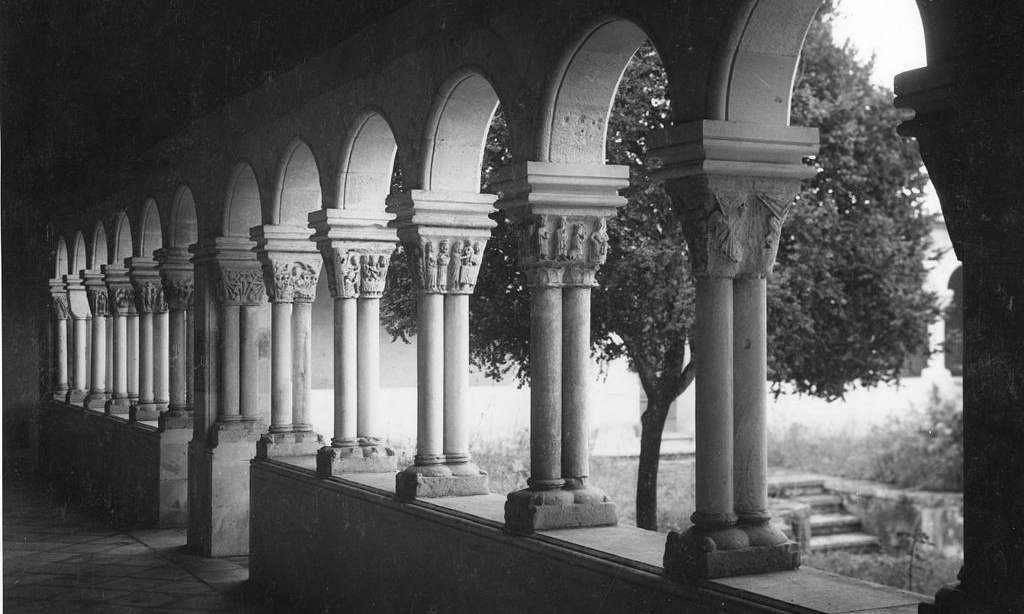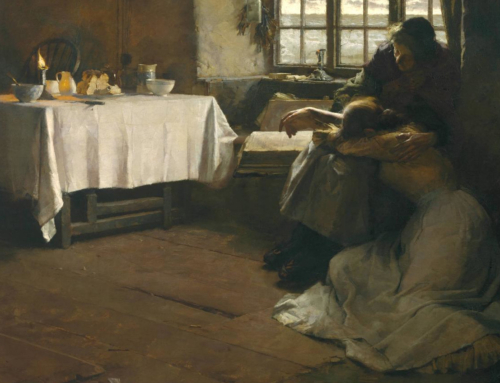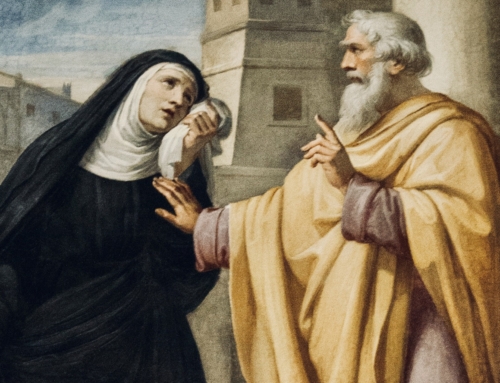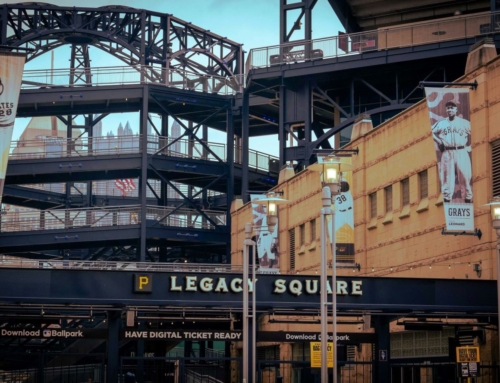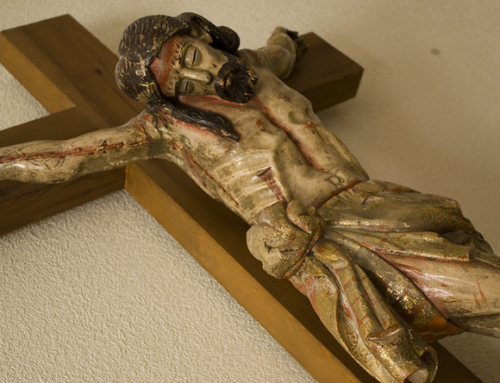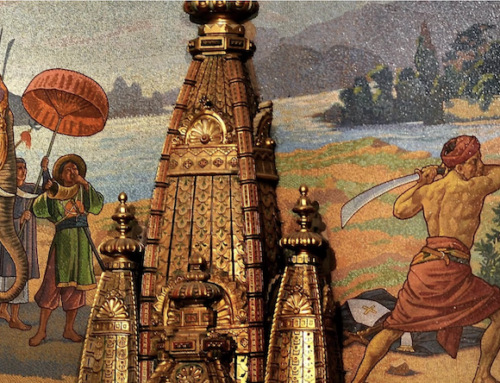If you want to see light, what do you do? A photography professor once recommended taking photos in black and white. If you remove the color, he said, you can see the light and the dark in stark relief. Paradoxically, when you see less color, you can see more light.
Christian asceticism works by the same principle. It is the intentional denial of something good in life, like color, in order to know and love something higher. In this way we give up meat on Fridays, meat which is one of the most pleasing pleasures in life, in order to cultivate an awareness of mind concerning the Passion of our Lord. Our awareness is sharpened by hunger and dulled by satiety, and our denials and small pains orient ourselves towards Christ’s great denials and pains.
All Christians are called, commanded, to regularly practice some asceticism. All are charged to habitually filter a color out of their life in order to better see the light. Most do so in small ways: meatless Fridays, giving alms instead of buying a luxury, persevering in prayer when it is dry and lacks consolation, attending daily Mass when it is inconvenient or difficult. Each one of these is a denial of some good thing: meat, or luxuries, or comfort, or time spent in leisure. In a small and momentary way, each denial of the color of life enables the Christian to see more clearly the presence of Christ, who is Light.
Yet there are some who are not satisfied with intermittent asceticism. There are some who desire not moments but a life in black and white.
A lifelong commitment to asceticism, according to the tradition of the Church, is most strikingly lived in consecrated religious life. In this case, asceticism is given its character in a three-fold denial of goods in the three evangelical counsels; it denies the goods of ownership in a vow of poverty, the goods of marriage in a vow of celibacy, and the goods of self-determination in a vow of obedience. Each of these colorful aspects of life is filtered out so that the life of the religious might be more intensely opened up to transcendent realities, so that the religious might see and live more and more in a light un-refracted by the prism of earthly and passing realities, a light perfectly beheld in the Beatific Vision.
Perhaps this is why the most powerful images of asceticism in religious life – images especially of Carthusian or Cistercian monks – are in black and white. Sometimes color photographs of monasteries and charterhouses may as well be in black and white, for even the architecture and dress reflect a life that reaches and strains for the transcendent. This life in black and white has no time for earthly colors. There is something greater here.
✠
Image: A Biblioteca de Arte da Fundação Calouste Gulbenkian, Claustro

